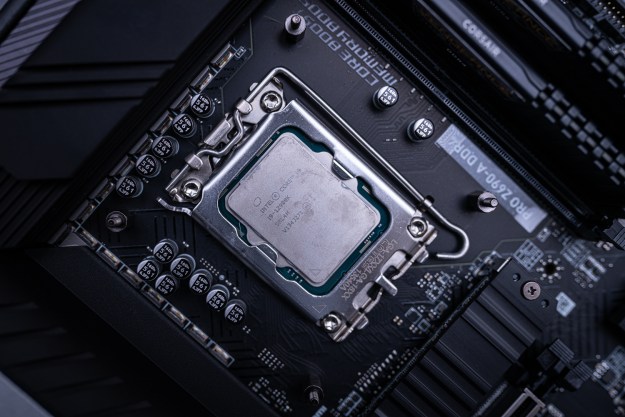
The latest teaser coming from the “Red Team” camp invokes an imminent APU and GPU fabrication process shift, pretty much quashing hopes for seeing 16 nanometer FinFET designs hit the mainstream in 2015.
In the suggestive words of AMD’s very own Chief Technology Officer, Mark Papermaster, “we have our FinFET designs well underway, but we won’t be the first user, the bleeding edge of any new technology node.” In other words, the company’s designs are unlikely to start using the newest 16nm FinFET production process until 2016.
It’s an understandable statement. AMD products have yet to hit 20nm, never mind 16nm, so they need to cross the former milestone first. The company isn’t far behind the curve in this regard, as GPU competitor Nvidia hasn’t hit 20nm yet, either, and many mobile SoCs are still built on a 28nm production node. But this does put AMD far behind big fish like Apple, Intel and Qualcomm.
Mark Papermaster emphasized 28 and 20-nanometer AMD products are in the works for 2015 releases, but sadly, mentioned nothing specific of rumored Caribbean Islands GPUs or revamped Carrizo APUs. We only heard that Carrizo is “very, very power optimized, with very, very efficient CPU and graphics”, and that the focus of the company’s engineers was on the design’s “attributes” rather than squarely the nanometer count.
Sounds like Carrizo could stay 28nm to us, leaving Caribbean Islands to go 20nm, but that’s just a hunch.



